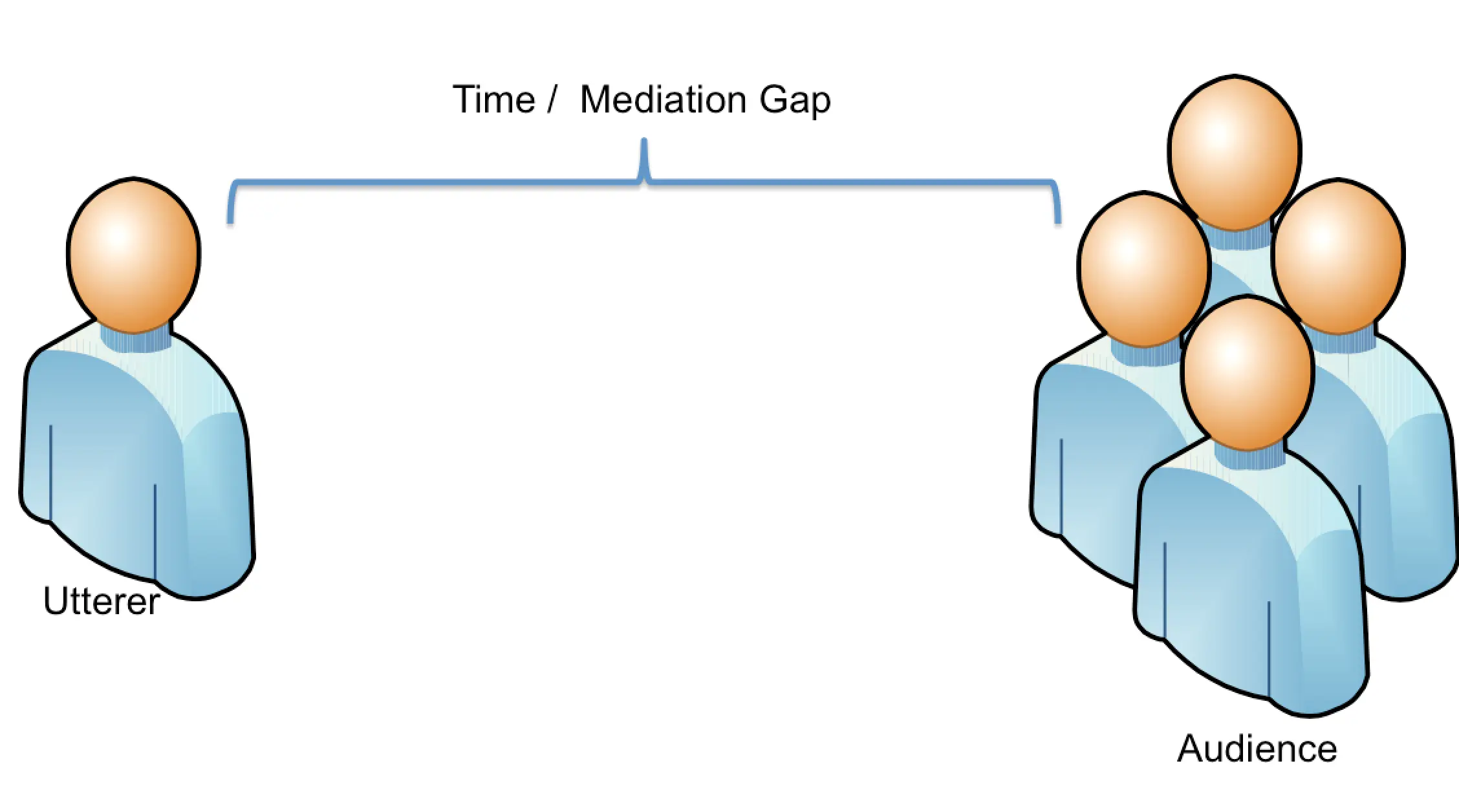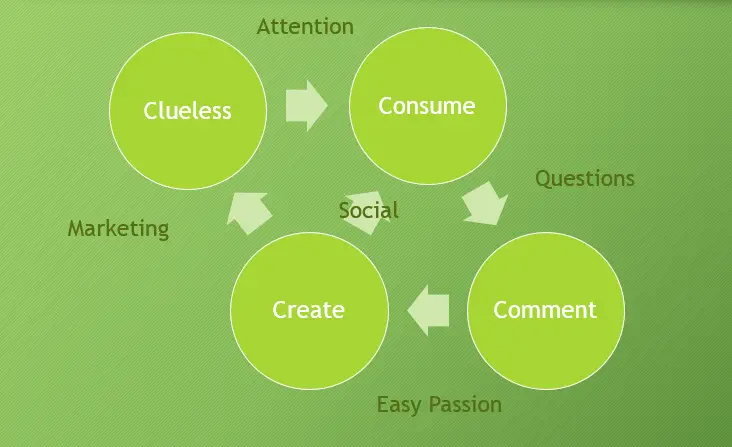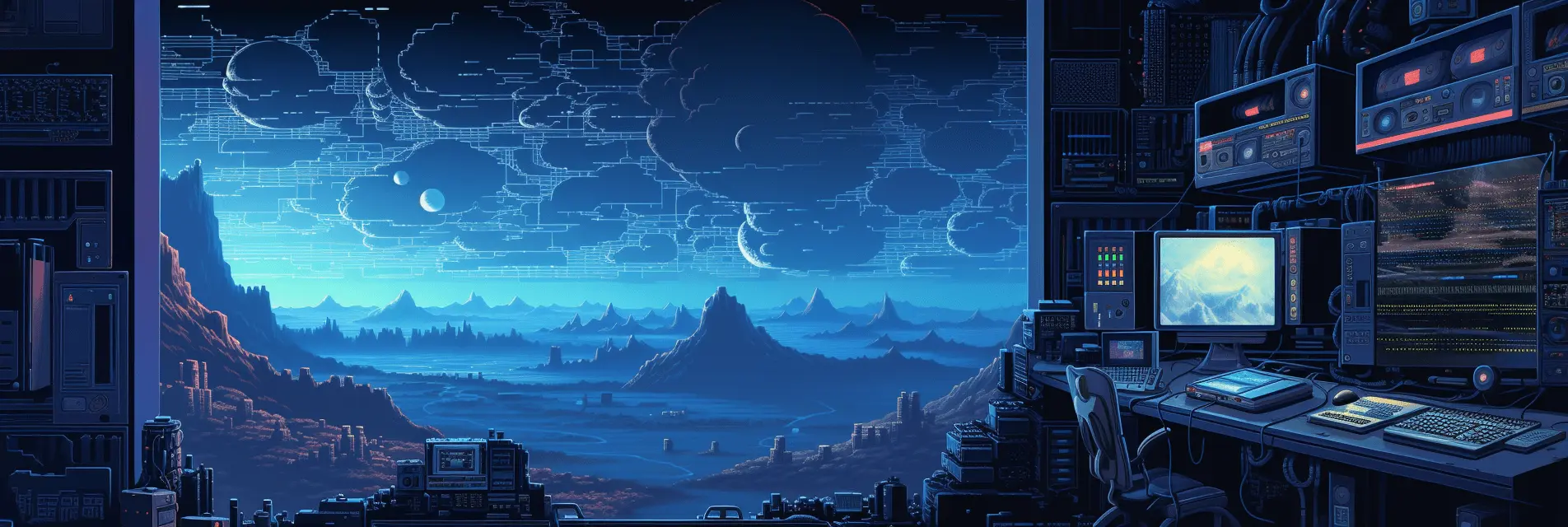

Over the last year I have given a version of this article as a presentation to many different groups explaining the role of collaboration tools in a corporate environment. I hope that this model makes sense to readers.
Good collaboration is easy to spot. Words that describe it are “rich, face to face, accurate, and real” These words imply a certain quality of communication with good collaboration. So what gets in the way of good collaboration? Noise and cultural differences are the major medium problems. In addition to these problems we have artifact problems. After a collaboration has taken place the artifacts left are messy and temporary if we are lucky. Many times a group of people will get together to work on a given deliverable and have nothing except memories to take away from the time spent.
It is the role of Information Technology to narrow the mediation gap and leave memorable, permanent, and findable artifacts. Let me repeat it again. It is the role of Information Technology to narrow the mediation gap and leave memorable, permanent, and findable artifacts.
In today’s modern organizations, the role of the employee is to generate knowledge artifacts as the exception handlers in process flows. When the process of knowledge generation breaks down, it breaks down for certain reasons. These reasons are finite. The first is that the tools are not adequate for the job. You have a hammer and a screw. The second option is that the individual performing the work is not adequately trained to use the tool. The only other option is that the tool doesn’t talk to the next tool in the workflow and the artifact generated by one individual must be translated and transferred to the next point of collaboration. This final option was what took place before we had knowledge management systems such as the modern computer.
The effects of this breakdown are also finite. The artifacts are not created and the whole process breaks down. The second option is that the artifacts don’t get stored. Perhaps they are stored, but they can’t be found. Finally, the fourth problem is one where the artifacts are found, but there is no way to audit them against the purposes they were created.
In the end, if you have this going on in your organization you will see people reverting to people and paper processes. You see this with too many meetings and reliance on the “Good ol’ boy “ network. You will see silos develop and a lot of people will complain because they are not a part of the silo or the network, or they don’t have enough time to process the paper and the meetings.
I should note that if you do have tools in your environment and people are complaining about people using them incorrectly or too much, you probably have a problem with inadequate tools. Email is the perfect example of this. It becomes the way to avoid a paper process while still being a paper process.
The Model for Collaboration
I am going to categorize collaboration using three separate properties. The first is Audience. With audience I’m looking at the direction of the communication. I’m not talking about the people listening, I’m talking about the person uttering. The second property I’m going to look at is the actual artifact. What is it exactly that we are leaving for those who were absent? This leads to the final property; time. How long do we need to keep the artifacts of the collaboration?
We are going to say that the audience property has only four separate variables. The first is the conversation. This is a one on one conversation between two people. The second type of audience is the announcement. This type of audience is that it starts with one person and goes to many. The third type of audience is the Brainstorm. This is a group of many people interacting together to generate an artifact. Finally we have the feedback look. This audience is identified as many individuals giving feedback to one individual.
Taking a look at Artifacts, we will divide this into three categories. Written, Verbal, and Visual. Each of these artifacts build on one another into the next artifact. A visual artifact has a verbal component. Each verbal component, has a written component.
The final property to look at is time. I will break up time into 4 separate categories. The first category is Real time. This type of collaboration leaves very little in terms of artifacts, however it is where most collaboration takes place. The second category is Queued. This type of collaboration is unique in that the artifacts are generally consumed by the recipient. Think email or voice mail, after you have heard a voice mail, you no longer need it. The third category is Long Term. These are artifacts that are needed longer than queued, however they are not static or permanent. The fourth as I have already mentioned is Static or permanent. The difference between the third and the fourth is that the third category has a sense of draft or work in progress where the fourth has a sense of artifact of record.
Now that we have all our attributes on the table. Lets look at the model.




Comments
With an account on the Fediverse or Mastodon, you can respond to this post. Since Mastodon is decentralized, you can use your existing account hosted by another Mastodon server or compatible platform if you don't have an account on this one. Known non-private replies are displayed below.